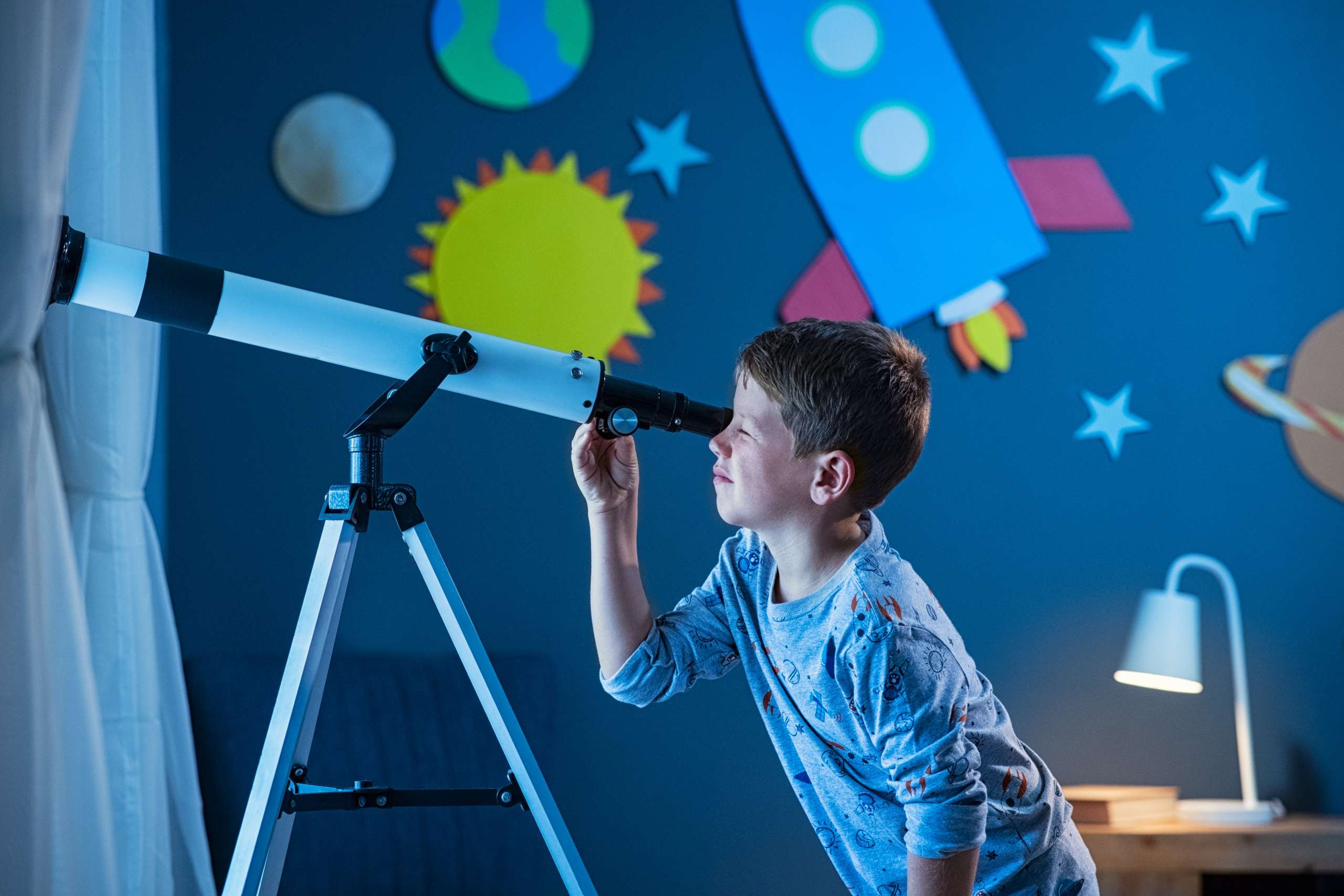We all know that studying astronomy can be really difficult, but what if there was a way to learn about astronomy without having to go to school? What if you could learn about the stars and planets from the comfort of your own home?
Well, it turns out that you can! There are plenty of resources available online that can help you learn about astronomy, and we’ve compiled a list of some of the best ones.
One great way to learn about astronomy is by watching documentaries. There are tons of great astronomy documentaries out there that can teach you a lot about the universe. We recommend checking out “The Cosmos: A Spacetime Odyssey”, “Cosmos: A Personal Voyage”, and “The Elegant Universe”.
Another great way to learn about astronomy is by reading books. There are plenty of great books about astronomy that can teach you a lot about the universe. We recommend checking out “A Brief History of Time” by Stephen Hawking, “The Elegant Universe” by Brian Greene, and “The Fabric of the Cosmos” by Brian Greene.
If you want to learn about astronomy in a more hands-on way, then you might want to consider buying a telescope. There are loads of different telescopes out there, so it’s important to do your research before you buy one. Once you have a telescope, you can start observing the night sky for yourself!
Finally, if you want to stay up-to-date with the latest discoveries in astronomy, then we recommend following some of the top astronomers on social media. There are loads of great astronomers on Twitter, Facebook, and Instagram who regularly share their latest findings.
Installing Telescope in Your Room
Installing a telescope in your room can be a great way to get closer to the stars. But before you can start using your new telescope, there are a few things you need to do to set it up properly. Here’s a step-by-step guide to help you get started:
1. Choose the right location for your telescope. You’ll want to find a spot that has a clear view of the night sky. Avoid places where there are bright lights, which can make it difficult to see the stars.
2. Set up your telescope on a stable surface. A tripod is the best option, but you can also use a table or a shelf. Make sure that the surface is level so that your telescope doesn’t wobble when you’re using it.
3. Attach the telescope to the tripod or surface. Most telescopes come with instructions on how to do this.
4. Install the eyepiece. This is the part of the telescope that you look through. Again, consult your telescope’s instructions for specific instructions on how to do this.
5. Align the telescope. This step is important for getting a clear view of the stars. First, find a bright star or planet in the night sky and center it in the eyepiece. Then, adjust the telescope until the star or planet is in focus.
6. Start exploring! Now that your telescope is set up, you can start exploring the night sky. Use the eyepiece to get a closer look at stars, planets, and other celestial objects.
Stargazing at Home
Stargazing is one of the most enjoyable and rewarding activities you can do at home. All you need is a clear night sky, some patience and a willingness to learn.
There are a few things you can do to prepare for a night of stargazing. First, find an area away from city lights where you can see the most stars. Second, dress warmly in layers so you can stay comfortable while outside for long periods of time. Third, gather any materials you might need, such as a red flashlight, binoculars or a telescope.
Once you’re ready to begin, start by simply lying on the ground and looking up at the sky. See if you can spot any familiar constellations or patterns. If you’re having trouble, there are plenty of resources available online or in books that can help you find your way.
As you continue to look up at the stars, see if you can spot any planets. The three brightest planets visible from Earth are Jupiter, Venus and Mars. If you’re really lucky, you might even catch a glimpse of a shooting star!
Don’t be discouraged if you don’t see anything right away. Stargazing is a relaxing activity and the more you do it, the better you’ll get at it. With a little practice, you’ll be amazed at all the incredible things you can see in the night sky.

